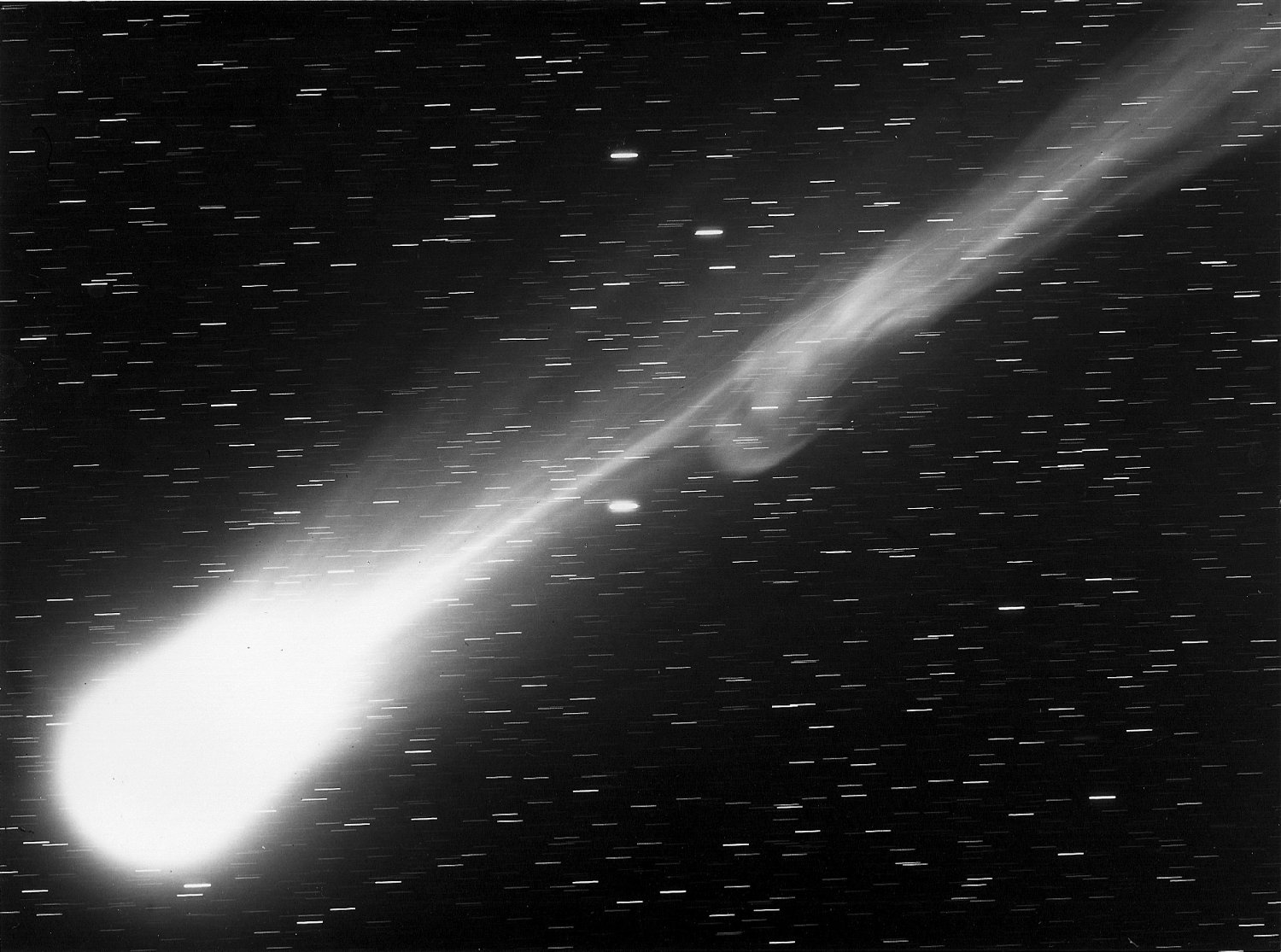Technical Pan on:
[Wikipedia]
[Google]
[Amazon]
 Technical Pan is an almost
Technical Pan is an almost
KODAK PROFESSIONAL Technical Pan Film''
/ref> and that it was still on the market only due to a large roll being found in frozen storage. The film was created for the military and was no longer required for that purpose. Consequently, Kodak cut the roll into commercially viable formats and continued to sell it. Unexposed Technical Pan is now quite valuable. ''Tech Pan'' or ''Technipan'', as it is often known, was very popular among some professional photographers and
 Technical Pan is an almost
Technical Pan is an almost panchromatic
Panchromatic emulsion is a type of black-and-white photographic emulsion that is sensitive to all wavelengths of visible light.
Description
A panchromatic emulsion renders a realistic reproduction of a scene as it appears to the human eye, altho ...
black-and-white
Black-and-white (B&W or B/W) images combine black and white in a continuous spectrum, producing a range of shades of grey.
Media
The history of various visual media began with black and white, and as technology improved, altered to color. ...
film that was produced by Kodak
The Eastman Kodak Company (referred to simply as Kodak ) is an American public company that produces various products related to its historic basis in analogue photography. The company is headquartered in Rochester, New York, and is incorpor ...
. While it can reproduce the visible light spectrum, it leans to the red, and so unfiltered outdoor shots render blues, most notably the sky, with additional darkening and reds with some lightening. It was generally used as a very slow film, rated at EI 25 or even 16, although it could be rated at up to EI 320 with a distinct loss of tonal range and a bunching of shadow and highlight detail. This film has unmatched fine grain, especially when rated at a low speed, and makes excellent enlargements while preserving fine details. Kodak stopped selling it in 2004. It has not been replaced by a film (from any manufacturer) with its characteristics (although Kodak's own Panchromatic Separation Film 2238, a motion-picture lab film used for making archival positives, has been referred to as "poor man's Tech Pan" due to similar properties). Although some of its particularities were unique and no emulsion in actual production could replace it, its resolution capabilities were surpassed by another film by ADOX, CMS 20 II.
Technical Pan is a microfilm
Microforms are scaled-down reproductions of documents, typically either films or paper, made for the purposes of transmission, storage, reading, and printing. Microform images are commonly reduced to about 4% or of the original document size. F ...
emulsion that was made panchromatic through the addition of sensitizing dyes, as is the case with all panchromatic films. If developed in a general-purpose developer such as D-76, Tech Pan displays extreme contrast. It becomes a pictorial film when developed in a very low-contrast developer.
The film can be developed at home, mainly by using the chemical mixture Technidol, which Kodak sold for that purpose alone. Other two-bath "split" developers have been used on Tech Pan as well as highly dilute developers such as Agfa's Rodinal
Rodinal is the trade name of a black and white developing agent produced originally by the German company Agfa based on the chemical 4-aminophenol
4-Aminophenol (or ''para''-aminophenol or ''p''-aminophenol) is an organic compound with the for ...
. To achieve exact results, small-tank development was often the preferred process and "clip testing" (developing a small piece cut from a roll to test developing times and dilutions) was usually done. Like other panchromatic films, it must be developed in darkness.
When the film was discontinued, Kodak revealed that none had been made for many years nor could any more be made because the coating line had been shut down and many of the materials used to make it had been discontinued,KODAK PROFESSIONAL Technical Pan Film''
/ref> and that it was still on the market only due to a large roll being found in frozen storage. The film was created for the military and was no longer required for that purpose. Consequently, Kodak cut the roll into commercially viable formats and continued to sell it. Unexposed Technical Pan is now quite valuable. ''Tech Pan'' or ''Technipan'', as it is often known, was very popular among some professional photographers and
astronomer
An astronomer is a scientist in the field of astronomy who focuses their studies on a specific question or field outside the scope of Earth. They observe astronomical objects such as stars, planets, moons, comets and galaxies – in either ...
s, as it is capable of recording extremely fine detail, and its sensitivity curve extended much further into the red
Red is the color at the long wavelength end of the visible spectrum of light, next to orange and opposite violet. It has a dominant wavelength of approximately 625–740 nanometres. It is a primary color in the RGB color model and a secon ...
than most films. In particular, it was very sensitive to light emitted by hydrogen
Hydrogen is the chemical element with the symbol H and atomic number 1. Hydrogen is the lightest element. At standard conditions hydrogen is a gas of diatomic molecules having the formula . It is colorless, odorless, tasteless, non-toxi ...
at 656.28 nm (H-alpha
H-alpha (Hα) is a specific deep-red visible spectral line in the Balmer series with a wavelength of 656.28 nm in air and 656.46 nm in vacuum; it occurs when a hydrogen electron falls from its third to second lowest energy level. H-al ...
), which made it very useful for a wide range of astronomical imaging. Tech Pan was also useful for electron and laser photography. The film was popular with photographers in the art and fashion industries for its extremely high-contrast results when up-rated and processed in an abrasive, high-strength developer.
This description comes from Kodak publication No. P-255, copyright 1985:
References
{{Eastman Kodak Kodak photographic films